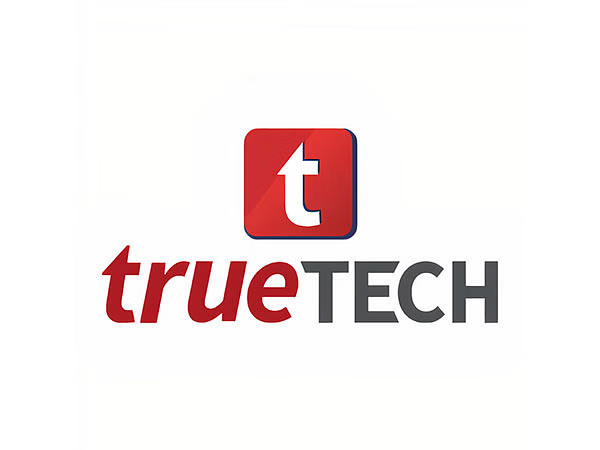The True Tech Story of Lisa Tran and ByteSpark
In the saturated world of startups, very few stories stand out like that of Lisa Tran, a Vietnamese-American developer who went from debugging code in her parents’ garage to leading a billion-dollar tech company—ByteSpark. This is not just a story about success; it’s a tale of grit, resilience, innovation, and the human side of technology.
Humble Beginnings
Lisa Tran grew up in San Jose, California, surrounded by the sounds of clacking keyboards and whirring hard drives. Her parents ran a small computer repair business from their garage, and by the time she was 10, Lisa was already helping fix desktop towers and recover lost files. Her fascination wasn’t with the hardware, but the software—the invisible logic that made everything tick.
In high school, Lisa taught herself Java and Python, and by the time she entered Stanford University, she was already developing simple mobile apps for local businesses. But what really set her apart was her first big project—CodeAid, an AI-powered tool that helped students debug their code in real-time using natural language queries.
The Launch of ByteSpark
After college, Lisa turned down job offers from Google and Apple to start ByteSpark in 2016. She believed developers deserved better tools to accelerate innovation without getting bogged down in syntax errors or poor documentation. ByteSpark’s first product was an AI assistant called “SparkBot” that integrated with IDEs like Visual Studio Code and JetBrains to provide live support while coding.
Funding was hard to come by at first. Investors were skeptical—too many failed developer tools had littered the landscape. But Lisa persevered, pitching to over 60 VCs before finally securing seed funding from a female-led investment group called Ember Capital.
Scaling Through Strategy
ByteSpark’s growth wasn’t explosive—it was strategic. Lisa focused on user feedback and built a community-driven roadmap. The product evolved to include collaborative features for teams, integrations with GitHub and Jira, and eventually, enterprise-level analytics for CTOs.
By 2020, ByteSpark had become a go-to tool for over 150,000 developers worldwide. During the pandemic, when remote work became the norm, ByteSpark usage soared. Companies needed smart, intuitive ways to manage code quality and team communication, and ByteSpark delivered.
The Turning Point
In 2021, ByteSpark launched its flagship platform—DevPulse. It used machine learning to analyze codebases, flag technical debt, and even suggest improvements based on team-specific patterns. This innovation caught the attention of Salesforce, which later led ByteSpark’s Series B funding round.
The team grew from 15 to 150 in under a year. Lisa remained hands-on, still writing code and participating in product sprints. Her leadership style was transparent and empathetic, winning her accolades and a place on Forbes’ “30 Under 30” in Tech.
Challenges Along the Way
The journey wasn’t without its setbacks. In 2022, ByteSpark suffered a data breach that exposed part of its anonymized user behavior logs. Lisa took full responsibility, issuing a public statement and initiating a complete audit of the system. The company adopted zero-trust architecture and partnered with cybersecurity experts to reinforce its defenses.
Rather than losing users, ByteSpark gained trust. Transparency and quick action had shown that the company prioritized its community.
Looking Forward
Today, ByteSpark is valued at over $1.2 billion and supports more than 2 million users across 40 countries. Lisa is now working on expanding the platform into education, offering free tiers for students and coding bootcamps. Her mission remains the same: empower the next generation of developers with the tools she wished she had.
ByteSpark is not just another tech company—it’s a beacon of what’s possible when innovation meets authenticity.



